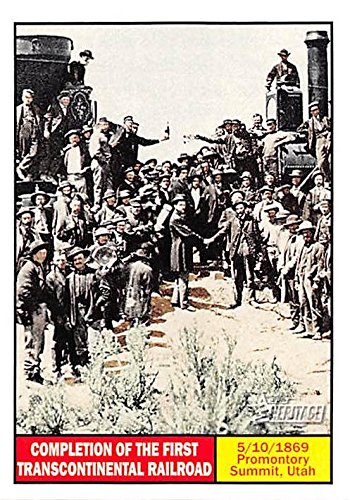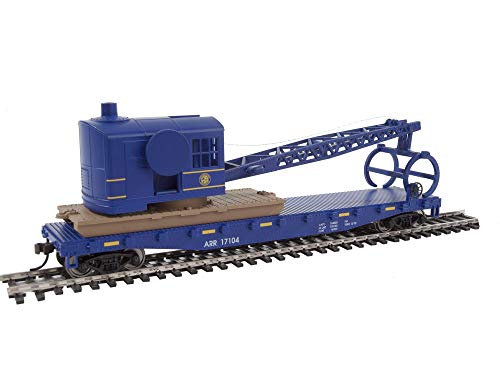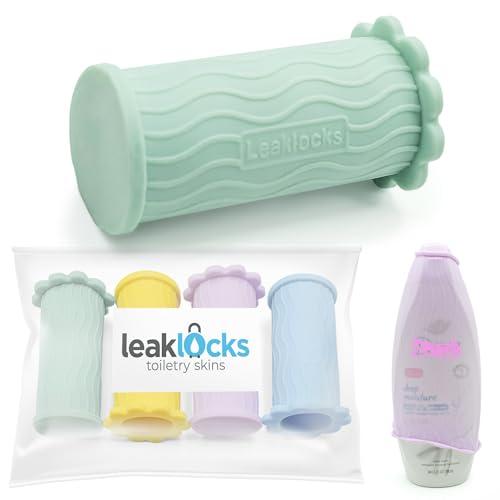A few thoughts on the NYP process for the Canada bound trains, manifest requirements, and how the border crossing is handled on various trains.
I have ridden all the cross border trains currently operating. The Cascades most frequently, I have been riding it quite regularly since service to Vancouver started in the 1990s. I have ridden the Maple Leaf annually for about the last 10 years. I've ridden the Adirondack about three times if memory serves.
I'll start by comparing/contrasting Amtrak’s document inspection on the Cascades versus the Maple Leaf and Adirondack. At Seattle, there is no separate Canada bound check in like in New York. Documents are checked at the boarding gate. While the Maple Leaf and Adirondack have more US intermediate stops, the Cascades have them, too and a large number of passengers are headed to Bellingham, so there is good mix of local and international passengers on the Cascades. At intermediate stops, documents are checked at boarding or at ticket lift, same as the New York trains (on the Cascades, at least, this varies). The stupid US-Canada baggage tags have never been used on the Cascades. Fulfilling the APIS manifest requirements seems to have nothing to do with the document check. Even the separate check in at New York all they do is stamp your boarding pass and hand you the stupid tag(s). The manifest of people on board is almost certainly a product of the ticket scans, not the document check. The process at Toronto also does not require a separate check in, per se. At Toronto these days they separate the boarding line into local and US passengers. A VIA employee comes down the US line before boarding opens, checking documents and handing out the stupid tags. New York is entirely unique in the separate check in.
Now, border inspections. On the Cascades, everything except US bound Customs inspections is done at Vancouver, since the train runs sealed in Canada. The train pulls into Pacific Central Station's "train jail", a fenced platform to provide a secured Port of Entry area. On arrival at Vancouver, detraining is not initially permitted, the doors remain closed. All checked baggage is unloaded and placed on the platform, then detraining takes place car by car, BC first. There is a canopy over the platform on the station end, but it does not extend very far, so if the load is heavy and the line for Canadian inspection is long it will extend past the canopy and you are lined up outside, frequently in the rain. Going to the US, the check in line becomes the US Immigration inspection line after passing check in/ticket scan. After passing US Immigration, you go out to the train jail and board. If you have checked baggage, you check it trainside after US Immigration, the VIA baggage desk in the station doesn't check Amtrak bags. Vancouver still does not do full US Preclearance, including Customs, although recent changes to the treaty now permit it for rail. I've heard the facilities in Vancouver need to be expanded to do that. The southbound trains stop beside the Peach Arch US Port of Entry at Blaine and CBP agents come over from there and walk through the train, picking up the Customs forms, asking question and checking documents. Sometimes they have a sniffer dog. You are not allowed to leave your seat during the inspections until the CBP agents leave the train. It is fairly quick, though, unlike the Adirondack.
On the Maple Leaf, the inspections take place at the border, Niagara Falls, NY and Niagara Falls, ON inside each stations Port of Entry facilities. I know there has been a lot of complaining about that, but I actually do not mind it much on the New York side. The facility is new(ish), large, has high platforms and platform canopies, ramps, and a seating area if you want to briefly take a load off once you reach it in the line. Ontario side, not so much, it has a low platform without a canopy, the facility is old and small, jimmied into the station in a space not really suited for the current, more stringent, inspection practices. You do have to wrestle your bags up and down the vestibule steps and sometimes are lining up outside.
The interminable dwells, 99 minutes for customs inspections at Niagara Falls, NY, have recently been tightened up. They knocked off a half hour, the dwell has been reduced to 68 minutes. The Leaf is now scheduled into NYP 39 minutes earlier. 9:16 rather than 9:55.
The experience of the inspections at both Vancouver and Niagara Falls is pretty much the same as that entering by air. The biggest difference actually seems to be the passengers to me. The last time I crossed at Niagara Falls, NY I was behind and older woman whose luggage consisted of about a bazillion plastic grocery bags on a foldable cart. It took forever to get them all through the X Ray machine and unloaded. The CBP agent was remarkably patient with her though. But she'd never have gotten onboard an airplane with that pile of grocery bags.
The CBSA agents at Vancouver's Pacific Central Station seem to have mellowed since rail service resumed, BTW. The bunch Canada apparently hired from the Stasi appear to be gone. Maybe they transferred them to handle buses at Pacific Highway.
The Adirondack on board inspection is interminable and you are stuck in the seat for most of that time. The US side I recall much more clearly which makes me think it was significantly more unpleasant, as Canada didn't make an impression. They take two sweeps, one for Immigration and one for Customs. They were far apart in time, it wasn't one team following the other. My impression was the Immigration team finished their primary inspections before the Customs team started. Since it was taking so long, the Immigration team was long past and I did not realize that there would be another team, so I got up to use the restroom. Unfortunately that was right when the Customs team entered the car. To say the least, they were not happy to find me out of my seat and were not shy in expressing it. After that I played it safe and didn't get up until the train started moving.
Personally, I like the inspection at the on arrival/departure best, with Preclearance as apparently most others do.
That is only practical where the train runs sealed in Canada which is only possible for Vancouver and Montreal. Montreal by skipping St. Lambert and building another "train jail" at Gare Central. Toronto is too far inside Canada. Service that far into Canada would require a Canadian rail operator, like VIA or Metrolinx, and they'd require the ability to make intermediate stops, as the Maple Leaf does, the International did and any future Chicago-Toronto service would.
That leaves inspection at the border. Either inside a station or onboard. While I know many here don't share this opinion, I honestly prefer the station option, especially with an adequate and well designed facility like that at Niagara Falls, NY. At least with that you are free to wander about after you clear. I really hated being stuck in my seat for what seemed like forever on the Adirondack.
























































